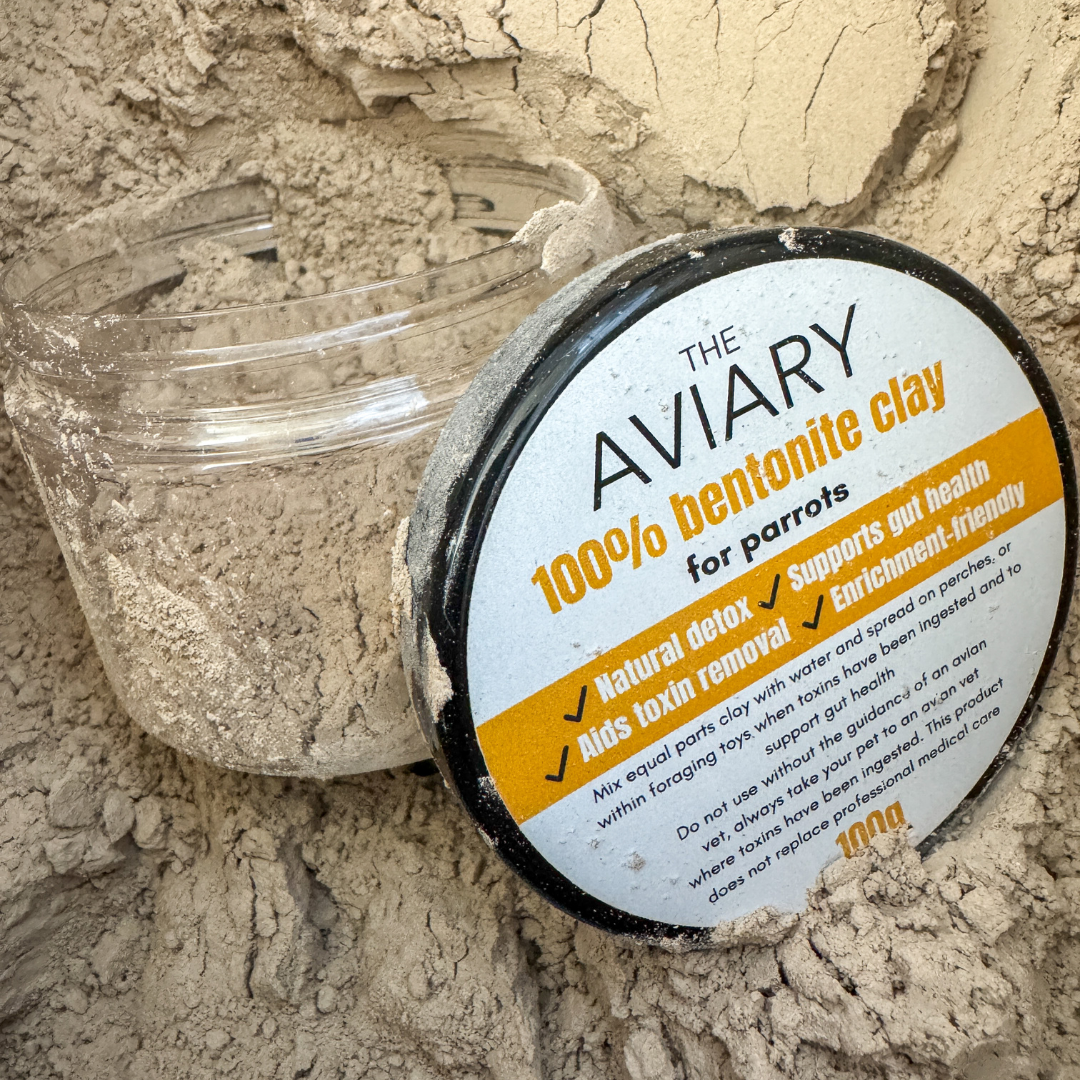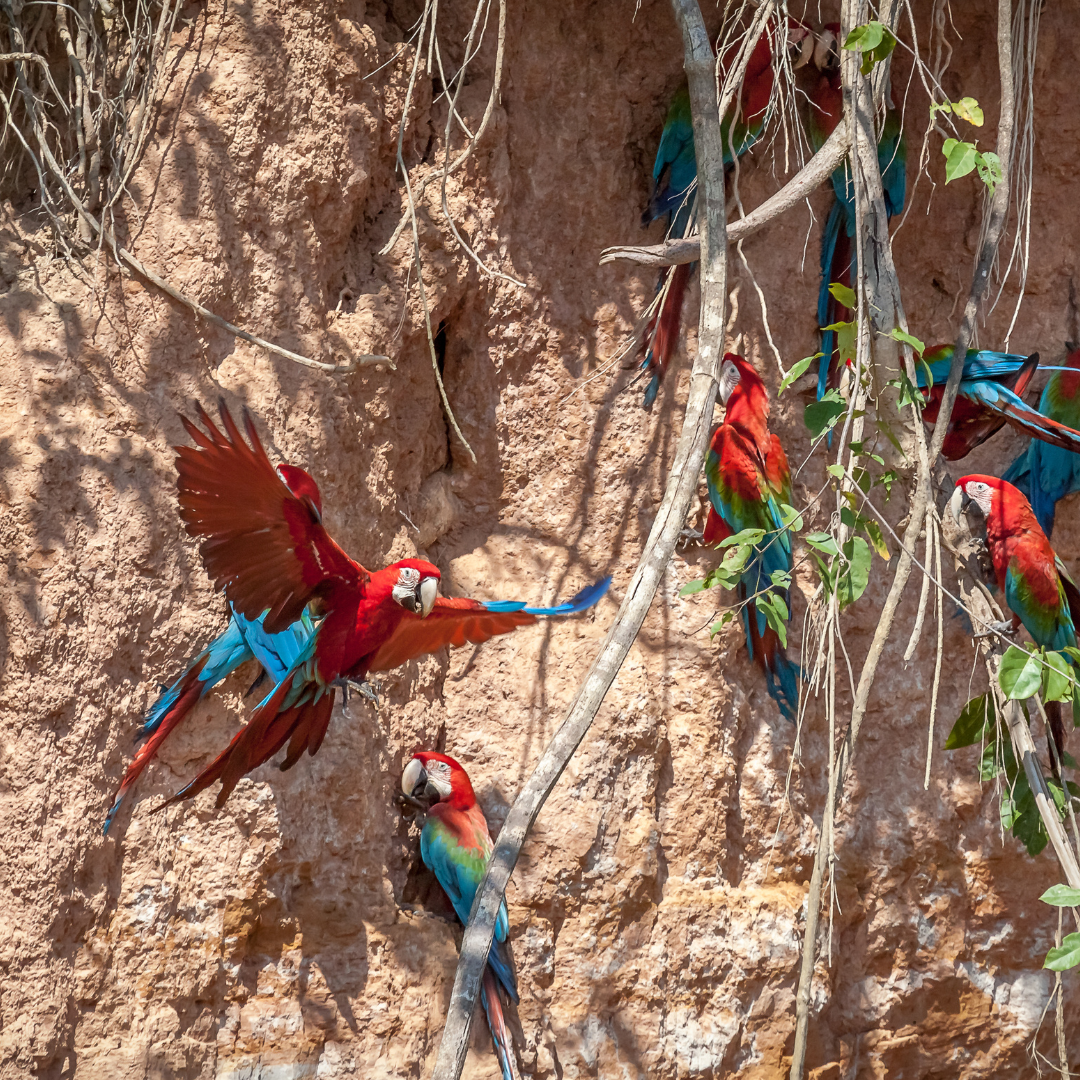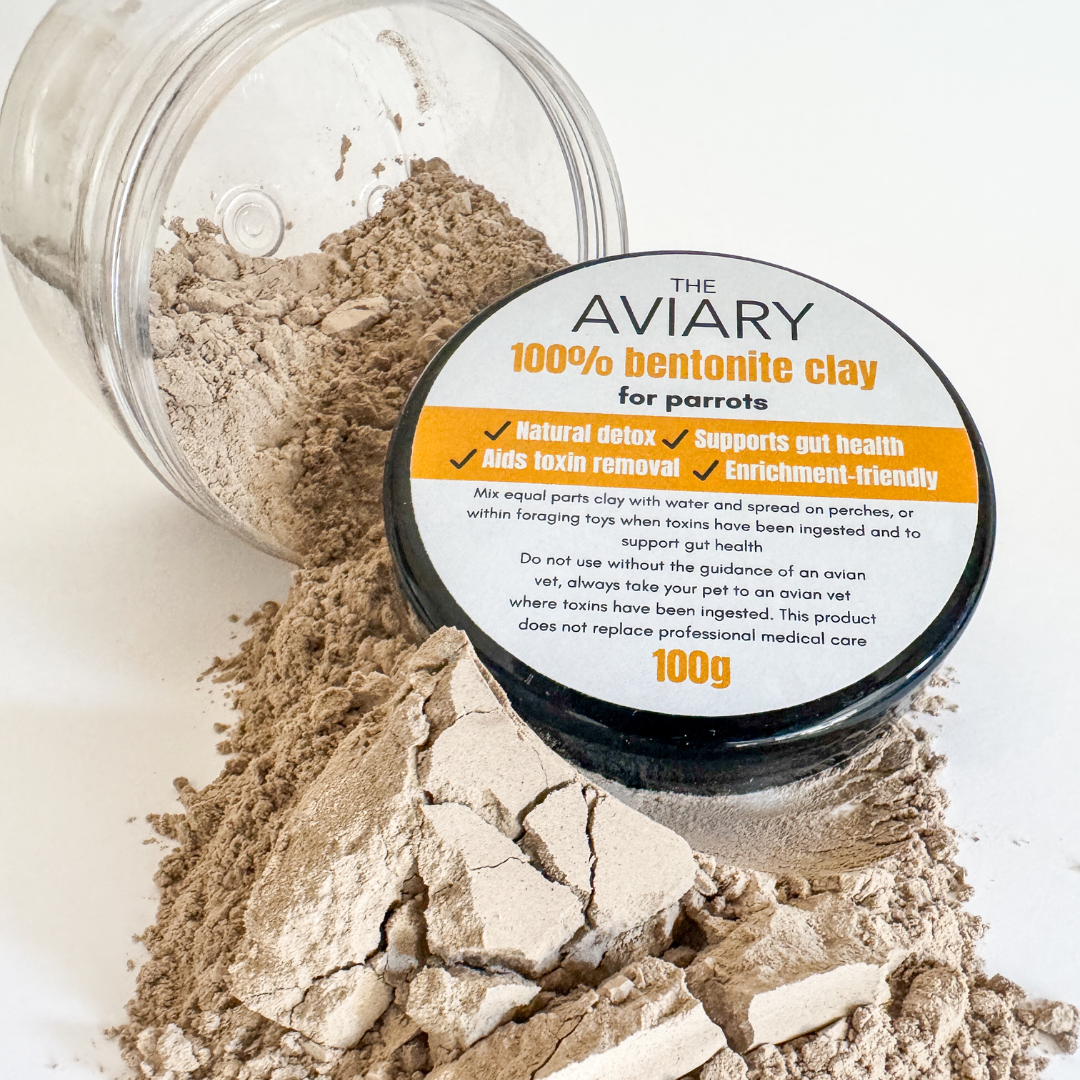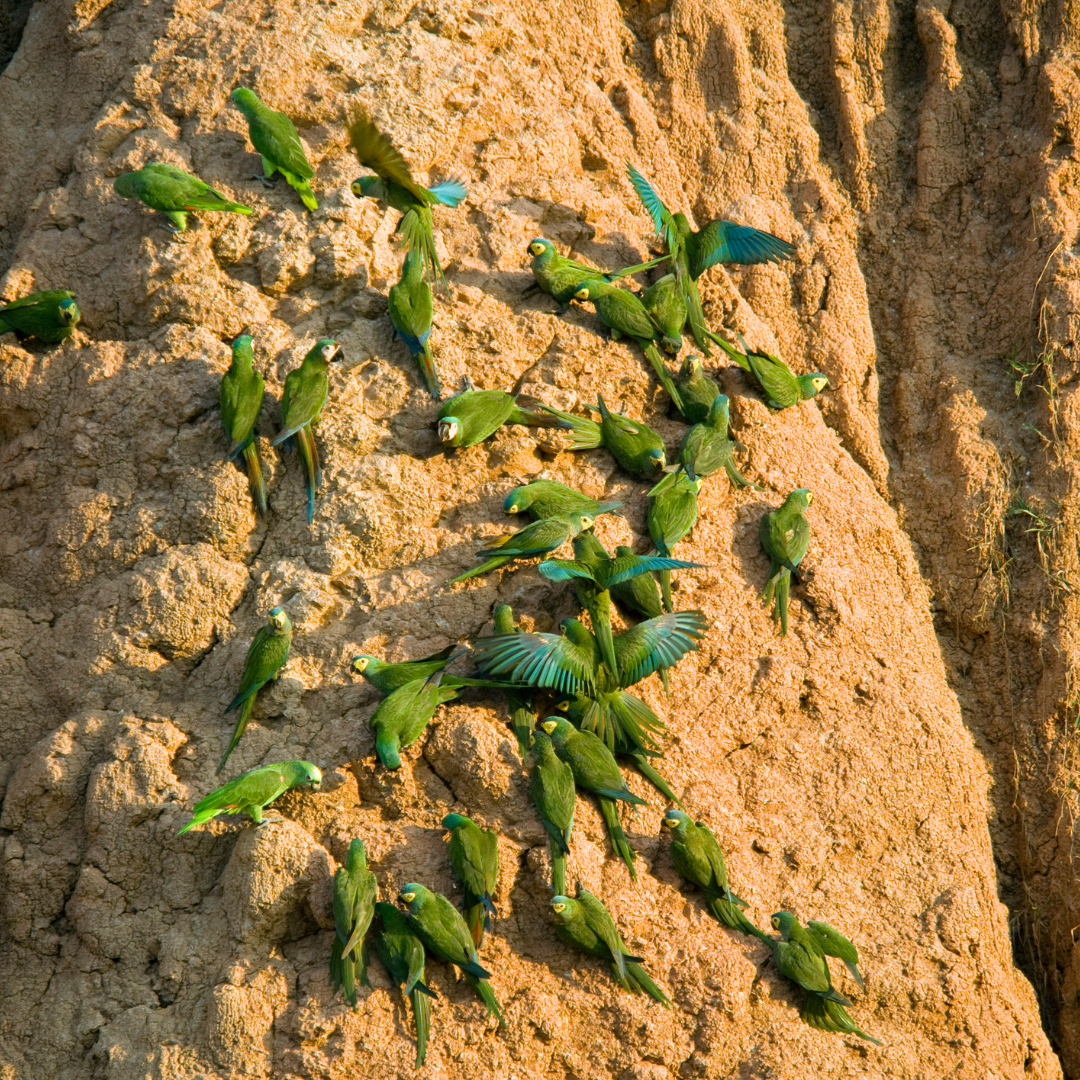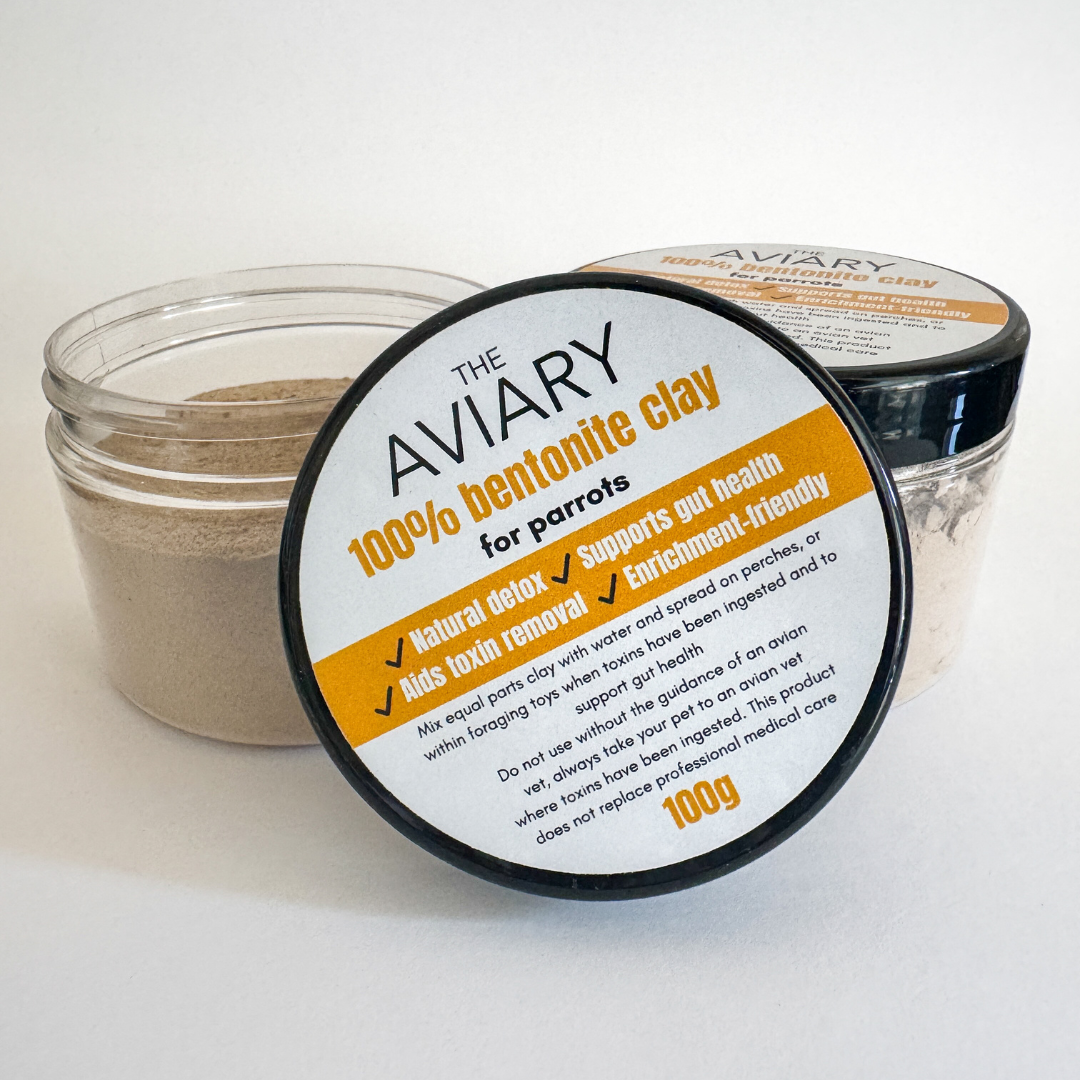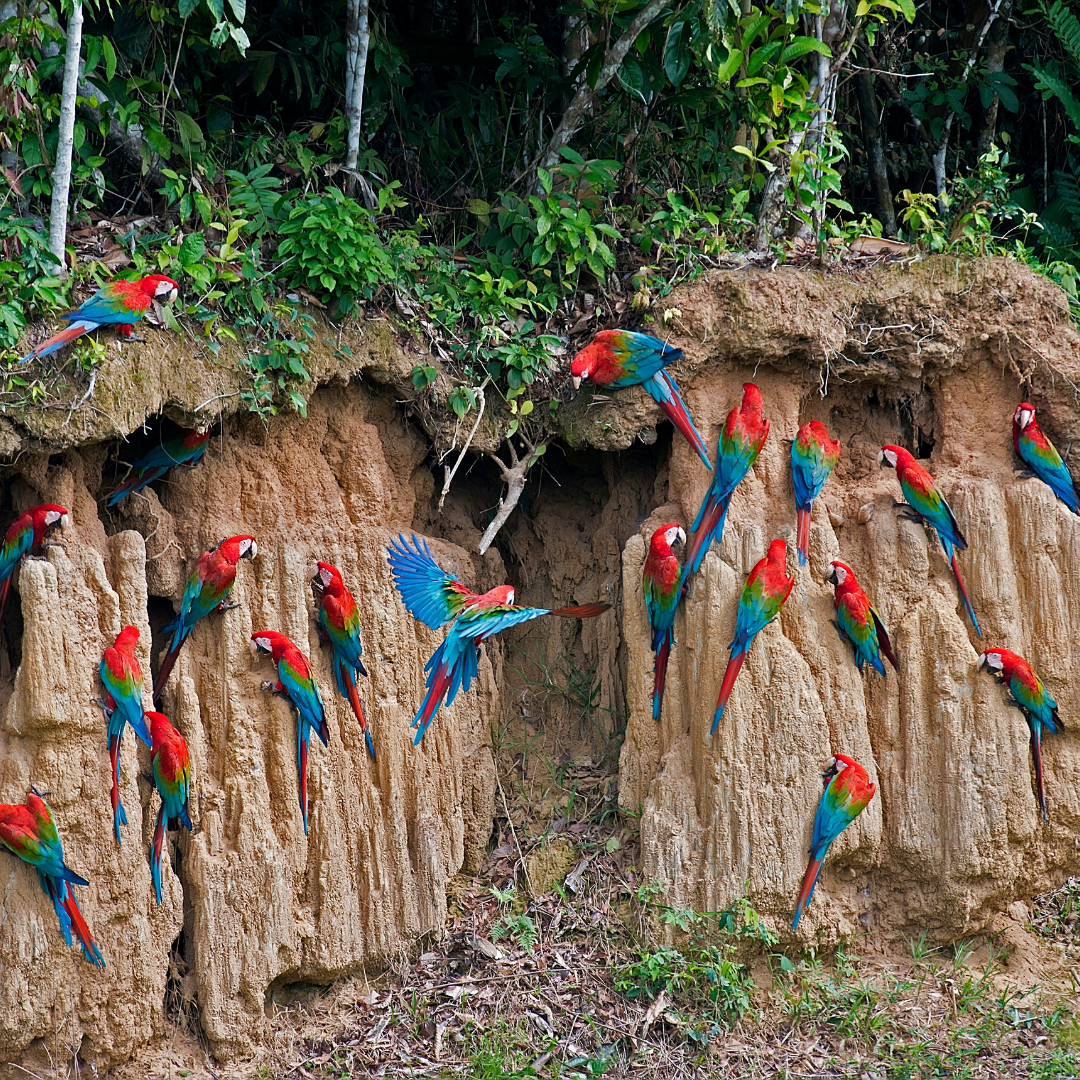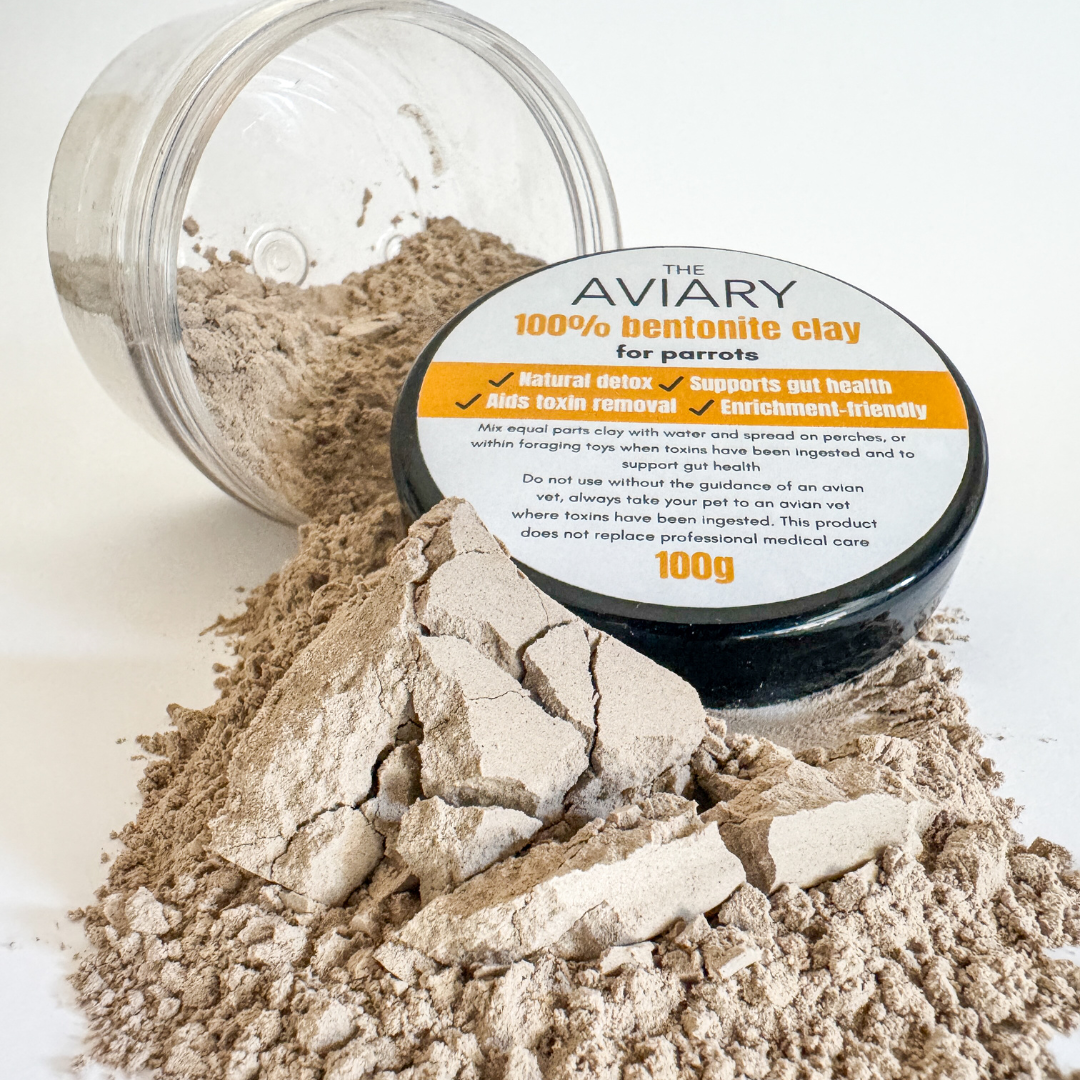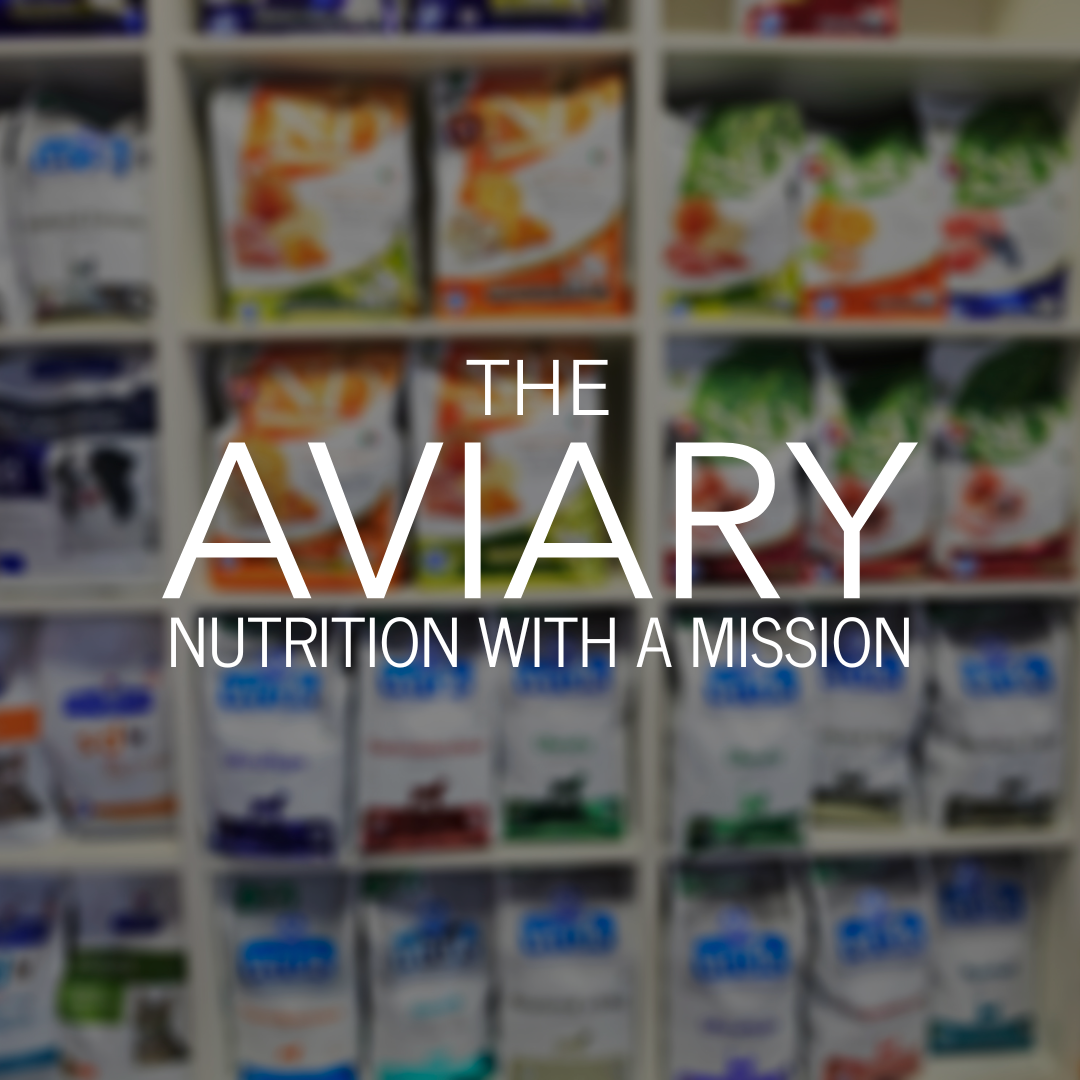100% Calcium Bentonite Clay For Parrots
100% Calcium Bentonite Clay For Parrots
Couldn't load pickup availability
Ingredients: 100% calcium bentonite
Bentonite Clay for All Parrot Species – Inspired by Nature
Did you know that wild parrots, especially macaws, travel miles just to eat clay? In places like South America, they flock to clay-rich riverbanks to nibble on the earth. It helps them detox from natural plant toxins, supports gut health, and provides important minerals they don’t always get from food alone.
Our 100% pure, food-grade calcium bentonite clay for parrots is a simple way to bring that same instinctive behaviour into your bird’s daily routine and is perfectly safe for all species, large and small. No fillers, no nasties, just human grade untreated clay, as nature intended. It’s especially helpful during times of digestive stress, after antibiotics, or when you want to offer something enriching and healthy. Our bentonite clay for parrots is a great addition to a parrot first aid kit.
How to Use Bentonite Clay for Parrots
Note: Avoid using metal utensils, clay can bind to metals. Stick with wood or plastic instead.
You can use this clay two different ways:
1. Sprinkle method:
Add 1/8 to 1/4 teaspoon (literally just a pinch) to soft food or chop two to three times per week. It’s completely tasteless and blends easily.
2. Clay paste method (for enrichment):
Mix equal parts clay and water or apple cider vinegar to form a thick paste. Then you can:
🦜 Spread it inside foraging toys
🦜 Smear it onto a hanging flat surface like cardboard to mimic a wild clay lick
🦜 Apply it to parrot-safe lick mats and hang them in the aviary
🦜 Dab it on natural perches for gentle beak engagement
This offers enrichment while mimicking the wild clay-lick experience. Always supervise when trying something new, and offer fresh water alongside.
A Quick Word of Caution
This isn’t a replacement for proper veterinary care. If your parrot is unwell, always consult an avian vet. If you’re unsure it’s best to chat with them before introducing clay.
Although this product is called Calcium Bentonite Clay, it is not a calcium supplement. The term refers to the clay’s mineral type, not its calcium content. It should not be used as a substitute for dietary calcium or veterinary-recommended calcium supplements.
Calcium Bentonite Clay is valued for its detoxifying and gut-supportive properties, helping to bind and remove unwanted toxins or bacteria from the digestive tract.
Lab Analysis
Our calcium bentonite clay is lab-tested for purity and safety. It contains a natural blend of minerals commonly found in volcanic clays:
Typical Composition:
Silica (SiO₂): 57.74%
Aluminium oxide (Al₂O₃): 18.23%
Iron oxide (Fe₂O₃): 3.09%
Calcium oxide (CaO): 1.93%
Magnesium oxide (MgO): 4.19%
Potassium oxide (K₂O): 3.03%
Sodium oxide (Na₂O): 1.72%
Phosphorus pentoxide (P₂O₃): 0.13%
Titanium dioxide (TiO₂): 0.39%
Manganese oxide (Mn₃O₄): 0.08%
Vanadium pentoxide (V₂O₅): <0.05%
Chromium oxide (Cr₂O₃): <0.05%
Source: Spain
All minerals are naturally occurring, and the clay is finely milled with a soft, flour-like texture. Sourced from volcanic deposits in Spain, this clay is commonly used in food-grade and animal-feed applications and is beneficial for parrots.
Pair with Apple Cider Vinegar for the Ultimate Gut Powerhouse
For the best results, pair this Calcium Bentonite Clay with our Apple Cider Vinegar. Together, they provide complementary gut support, detoxifying clay plus probiotic-friendly ACV. Add both to your basket and save 10% automatically with our Gut Health Bundle.
Why Buy from The Aviary Parrot Food
We’re more than just a parrot food brand. We’re bird lovers who care deeply about the wellbeing of parrots both in homes and in the wild. Every purchase helps fund wild parrot conservation. Each year, we donate part of our profits to organisations working to rescue, rehabilitate, and rewild endangered macaws and other species.
We’re also working hard to keep our footprint small. Our packaging is recyclable, and we actively avoid overusing AI in our business to stay as human and conscious as possible.
How often should I use this clay?
How often should I use this clay?
Once or twice a week should be plenty, but as often or as little as you like.
Is this clay suitable for African Grey parrots?
Is this clay suitable for African Grey parrots?
Yes, all parrot species benefit from calcium bentonite clay.
Where is this clay sourced from?
Where is this clay sourced from?
Our lab tested calcium bentonite clay is sourced from Spain, known for high quality volcanic clay.
How do I use this clay for parrots?
How do I use this clay for parrots?
Sprinkle it over food as is, or in their water bowl, or mix with equal parts water to form a paste and spread it in foraging toys, on a perch or make your own clay lick by spreading it on a lick mat and hanging it in the aviary.
Share
